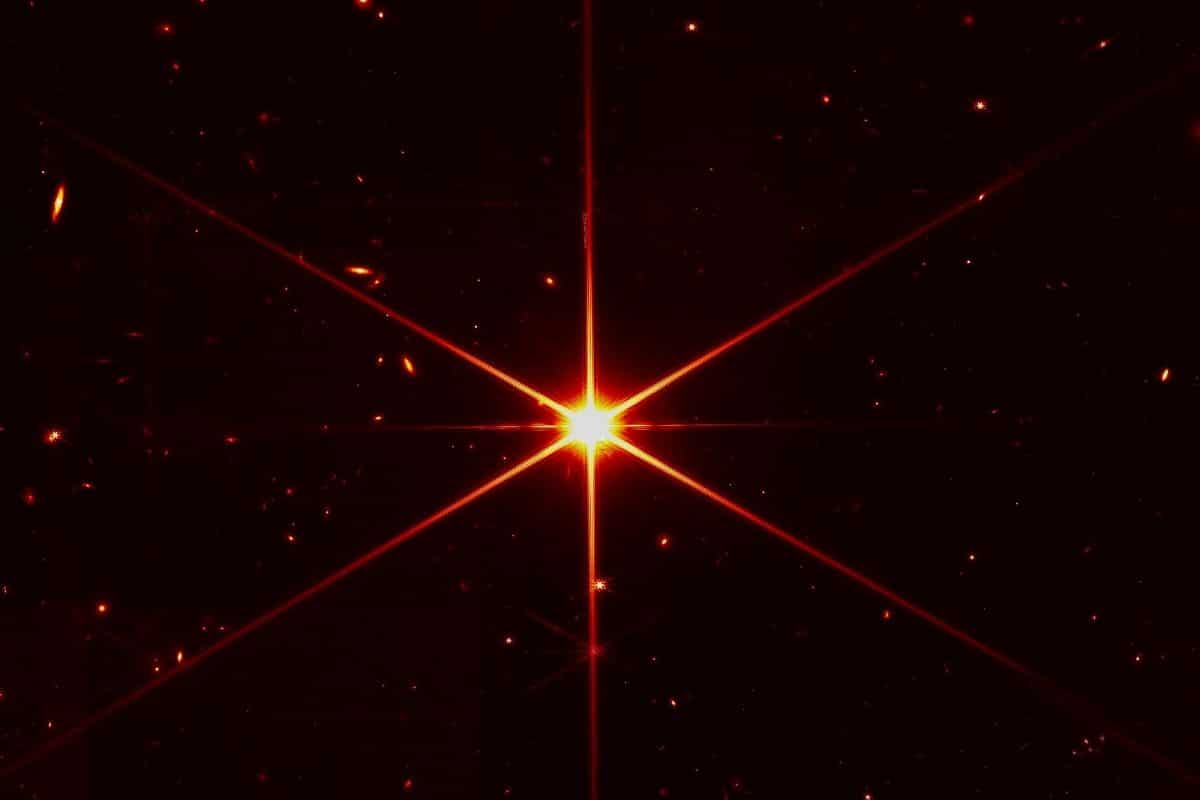Based in part on these recordings, the researchers expect that the telescope will meet or even exceed its ambitious mission goals.
The US space agency – which built and maintains the telescope with the European and Canadian space agencies – just announced this. “More than 20 years ago, the James Webb team set out to build the most powerful space telescope ever, and then created a daring optical design to achieve its challenging mission goals,” said Thomas Zurbuchen of NASA. “Today we can say that this design is paying off.”
work in progress
These auspicious words rang at a time when the telescope was not yet operational; Webb’s team is still working on aligning the 18 mirrors that make up the main mirror so that they work together as one large mirror. It is a time-consuming process that consists of several stages. A very important stage has now been reached, according to NASA. Each of the 18 clips has been tuned to now – with James Webb’s main tool on board: near infrared camera – Present together a single image of a space object – for example a star.
intake
And the telescope literally did it. “We aligned the telescope perfectly and then pointed it at a star,” said Ritva Keski-Koha, a member of Webb’s team. “The result can be seen below and exceeds all expectations. This is the highest resolution infrared images ever captured from space,” said colleague Scott Acton.

In this image, the star 2MASS JJ17554042 + 6551277 lights up. And although the James Webb Telescope focused on the star before taking this image, because the telescope is very sensitive, galaxies and stars can also be seen in the background. Photo: NASA/STScl.
“We are really excited about what this means for the science,” Keski-Kuha said. Because again, these images are just previews, made to check that the mirrors are aligned correctly. And if the telescope exceeds expectations at this point, how much more can we expect from James Webb when it’s fully operational? “Now we know we built a good telescope.”
future work
However, the first real images from this telescope, which were made with the aim of achieving the mission’s goals, are still a long way off. Because there is still more work to be done first. In addition to near infrared camera There are also other science instruments aboard James Webb, such as the near-infrared spectrometer and the mid-infrared instrument. The telescope will also have to be aligned in the coming weeks in order to display those instruments. Webb’s team is expected to be ready by the beginning of May at the latest. Then it takes another two months to get James Webb’s tools up and running. So the first “real” recordings are not expected until the summer.
In the meantime, Webb’s team can breathe a sigh of relief for now. Having previously been able to slide the fragile and complex James Webb Telescope into space and open it in one piece, it has now also been shown that the telescope is able to collect light from (distant) objects in space and without further delay to deliver it to the machines that then have to make chocolate . Thus the telescope does exactly what was expected of it. And that—as NASA has repeatedly told us before and after launch—was never taken for granted.

“Total coffee specialist. Hardcore reader. Incurable music scholar. Web guru. Freelance troublemaker. Problem solver. Travel trailblazer.”






More Stories
GALA lacks a chapter on e-health
Weird beer can taste really good.
Planets contain much more water than previously thought